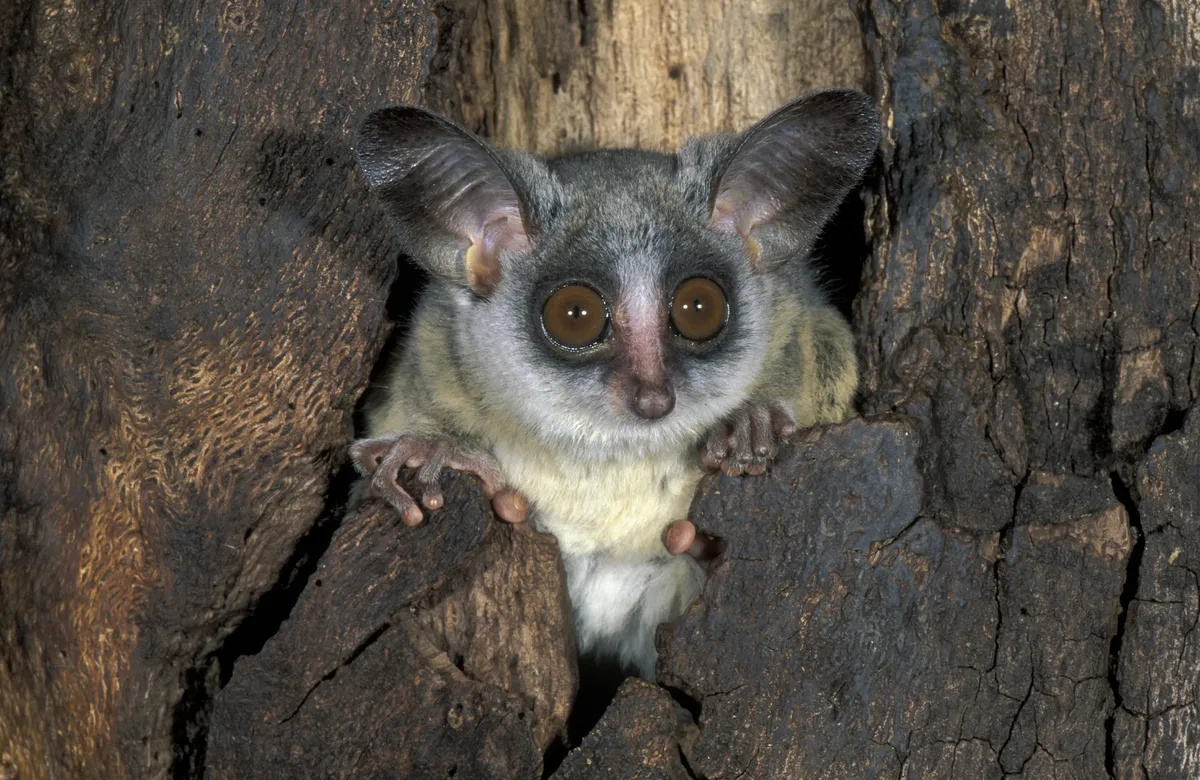The chimpanzees of Fongoli, south-eastern Senegal are of particular interest to students of human ancestry. Their homeland most resembles the shrinking woodland and open savannah that our hominin ancestors would have been forced to adapt to.
This scrubby environment is hotter, drier and lacks the abundance of fruiting trees found in the fecund forests of East Africa, where chimps have previously been studied most intensely. As a result, the Fongoli chimps are culturally quite distinct to their more famous forest-dwelling cousins.
The intense heat of the savannah means the Fongoli chimpanzees often take a siesta during the hottest part of the day and forage well into the night, long after their East African cousins have gone to bed. They also seek out water to both drink and bathe in – something never seen amongst East African chimps whom we assumed were actually scared of water.
This shocking behaviour was observed over 300 times during a 10-year study. More surprising still was the discovery that the majority of these hunts were performed by female chimps, not males.
Most fascinating of all, however, are their eating habits. As well as hunting down smaller monkeys in the trees, as their East African cousins are known to do, the Fongoli chimps have developed a far more familiar technique for capturing a high protein dinner: they hunt using spears.

Fishing for bush babies
The Fongoli chimps have been documented breaking off wooden saplings, whittling one end into a sharp point and then jabbing their home-spun spear into tree cavities. These crafty chimps are fishing for bush babies – primitive nocturnal primates that seek safety during the day in the nooks of old trees, but are instead stabbed as they slumber. It’s a highly effective ambush. If not instantly impaled, the wounded bush baby tries to flee but is promptly grabbed by its assailant and swiftly chomped, head first.
This shocking behaviour was observed over 300 times during a 10-year study. More surprising still was the discovery that the majority of these hunts were performed by female chimps, not males.
Anthropologists have traditionally cast bigger, faster and more powerful males in the hominin hunter role. But in Fongoli we find an alternative narrative, one where females have spearheaded the culture for hunting with tools.
Brains versus brawn
Female chimps are generally more avid tool users than males. In Gombe, West Africa, females are more likely than males to use long thin sticks to fish for termites in their mounds. Males supplement their diet by hunting colobus monkeys instead – a sport which sees the biggest, fastest males dominate. So the male chimp’s protein hit comes from his physical strength, whereas the female’s comes from her ingenuity.
In Fongoli, this resourcefulness has led to the invention of novel hunting techniques and technology by wily female chimps that level the playing field against the more physically powerful males. Early hominins may have done the same. Early man may have been the ‘hunter’, but it was early woman who invented the weapons that allowed both sexes to take on bigger prey.
Main image: A chimpanzee holding a stick in the Mahale Mountains National Park, Tanzania. © Getty/Anup Shah
